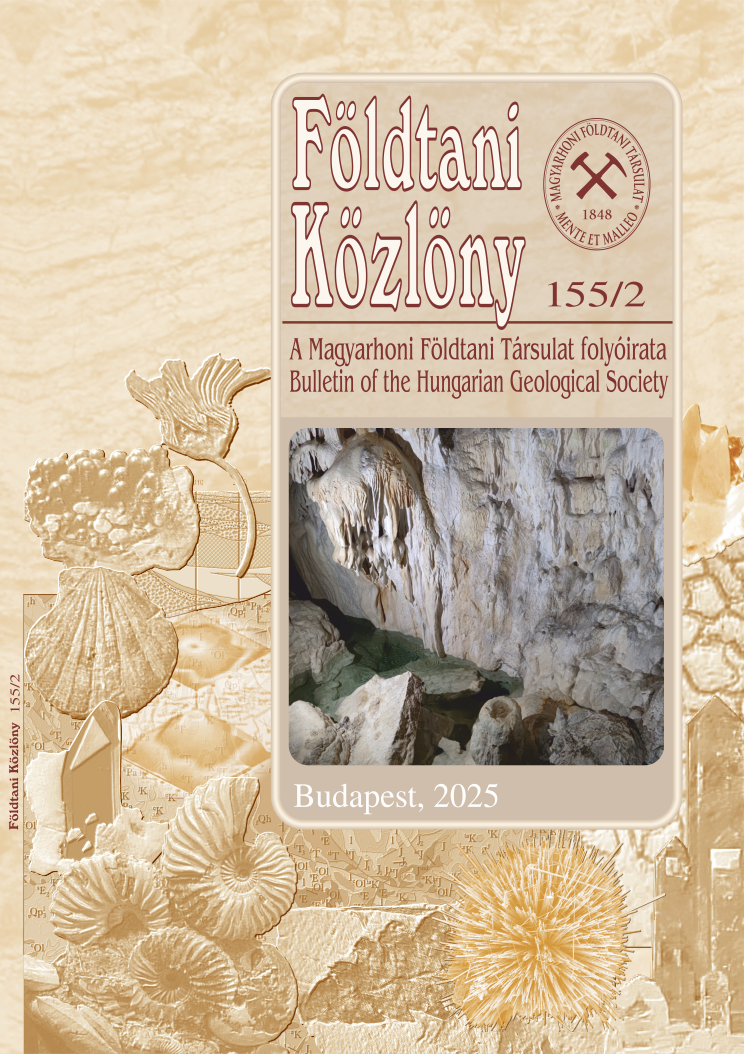Uranium-ore micro-veins in granite from the western parts of the Mecsek Mts (Hungary)
Abstract
U-ore microveins were crossed in granite with the application of deep-drilling (Nb–9017) between 512–516 metres;
this took place to the west of the well-known U-deposits in the Upper Permian sandstones. Up until now the results of this
new research have not been published in any form. Geological prospecting for uranium was abandoned at the end of 1989,
and mining for the deposits ceased in 1997. The results of the later-performed microprobe analyses, and their evaluation
are presented in this paper.
The ore-containing microvein network — filled by pitchblende ('U-black'), coffinite, pyrite, and calcite, and
developed along fractures in the mylonitized granitoid rock — can be considered to be the result of ascendent
hydrothermal (epi-telethermal) mineralizing fluids. The latter possibly represent an Alpine rejuvenation of an earlier
Prealpine pegmatoide (?) — completed by additional hydrothermal solutions. Owing to t206 Pb-isotope ages (137±30
m.y.) they cannot be the source of the Permian sandstone-type ore formation. However, there is the possibility that they
could represent an independent, granite-hosted U-ore mineralization.











